A tried and tested recipe for making perfect ginger milk curd, a popular Cantonese dessert with an interesting flavour and silky texture.
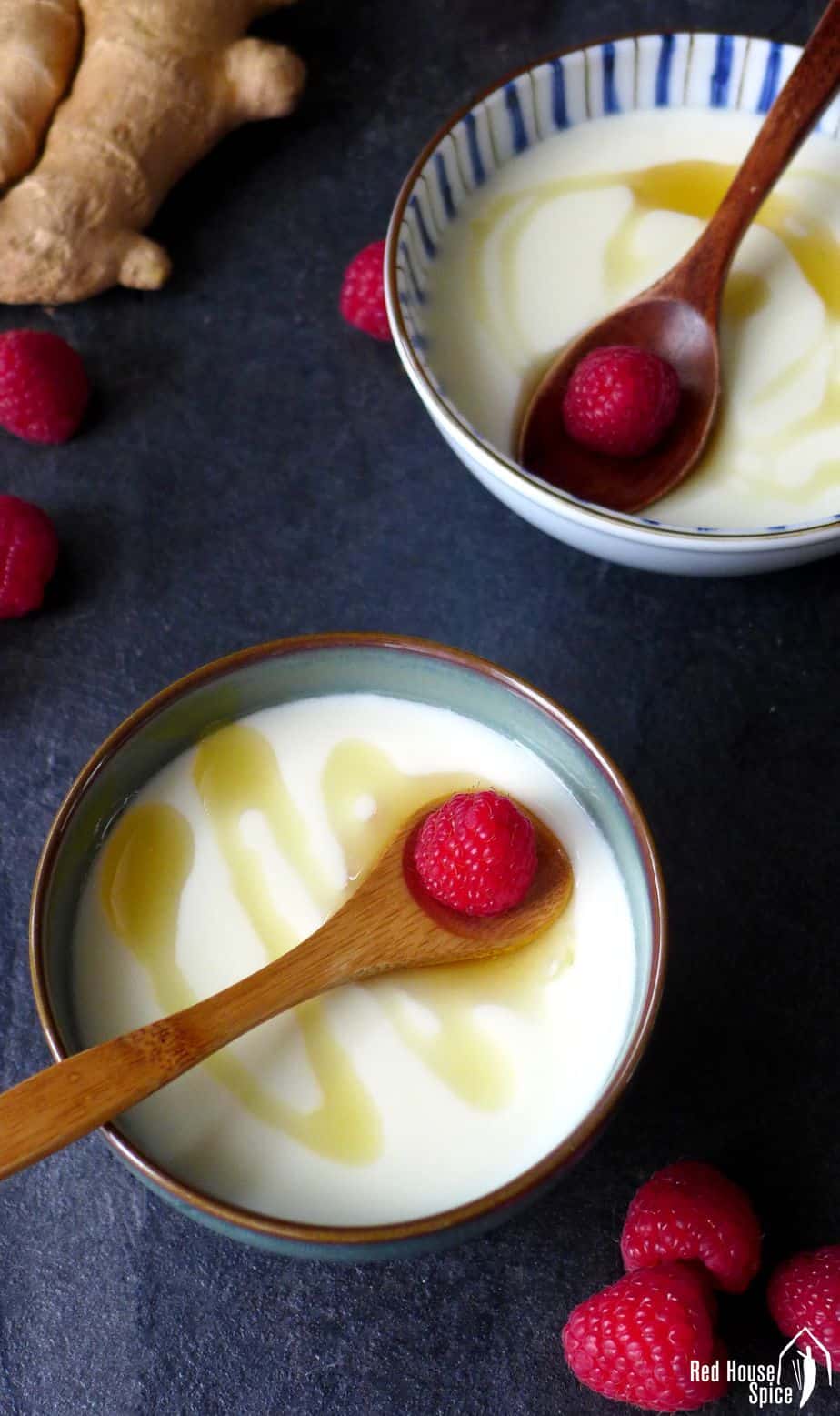
A dessert with unusual flavour
I fell in love with ginger milk curd “at first taste” years ago. Its unusual flavour combination and the silky, slippery texture was a new experience on my palate. I didn’t realize back then that it was so simple to make.
You only need ginger, milk and sugar, without using any curdling agent or any sophisticated culinary technique. However, producing a curd with the right texture is a tricky business. Through trial and error, I’ve finally found a formula to make the perfect ginger milk curd.
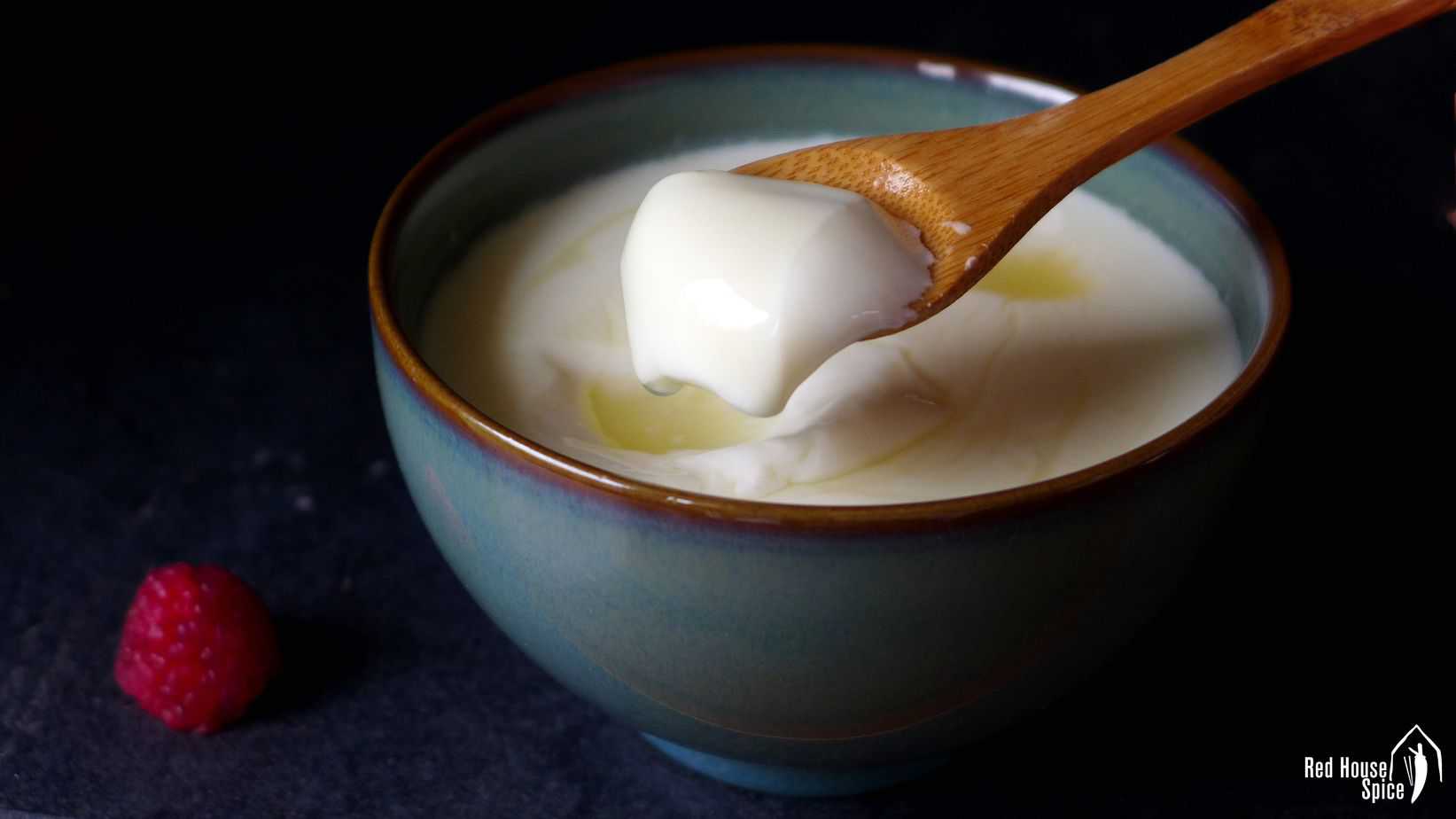
A “magical” curdling process
Originating in Shawan town, Guangdong province in China, ginger milk curd (姜汁撞奶) is one of the most popular desserts in Cantonese cuisine. The literal meaning of its Chinese name is “ginger juice bumping into milk”. As the name suggests, you simply pour hot milk onto ginger juice, then you’ll have a bowl of curd. It’s rather magical, isn’t it? This is how Wikipedia explains its biochemical principle:
“Ginger contains the protease zingipain. When milk is added to ginger juice, this protease catalyses denaturation of the protein in the milk, changing it from a water-soluble form to a water-insoluble form, and leads to the formation of milk curd. ”
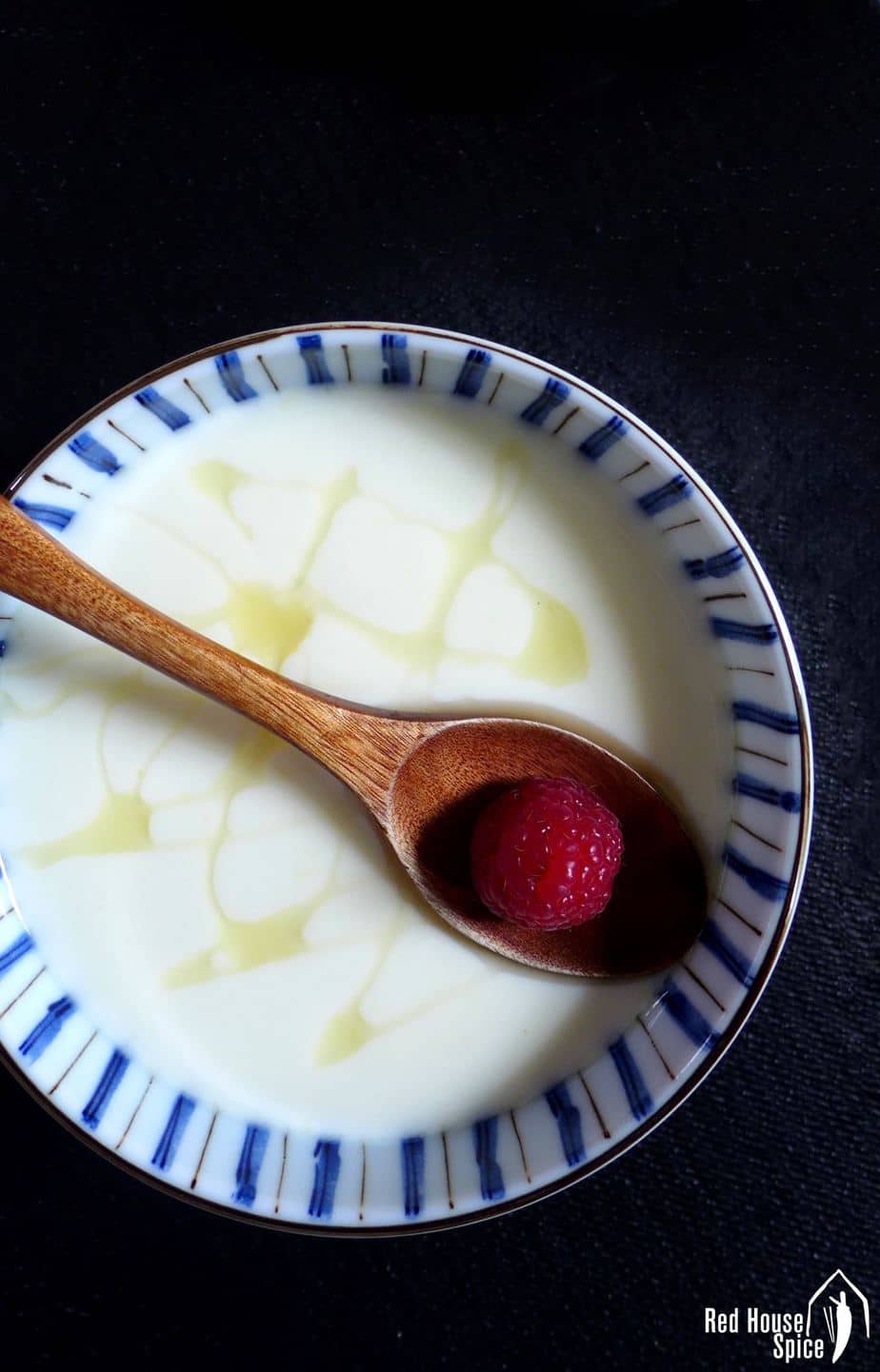
It was purely out of curiosity that I first tried to make this dessert. Unfortunately, I soon realized that I couldn’t always guarantee success. Sometimes I would end up with a bowl of lumpy milk or even just liquid. In order to find a fail-proof formula, I’ve done lots of research and kitchen experiments. Finally, I’ve found the solutions.
The best ratio of ginger juice, milk and sugar
Too much ginger juice will make the dessert too spicy to enjoy, then you will need quite a bit of sugar to balance the flavour. If the ginger juice is not enough, the curdling process won’t be triggered.
In my recipe, I use 1 tablespoon of ginger juice for 200ml milk. This way the curd is firm enough and the spiciness is compensated with 2 teaspoons of sugar.
It creates an ideal taste for me personally (like most Chinese, I don’t have a sweet tooth). If you like it sweeter, I suggest pouring a little honey over the curd as ginger and honey is a classic flavour combination.
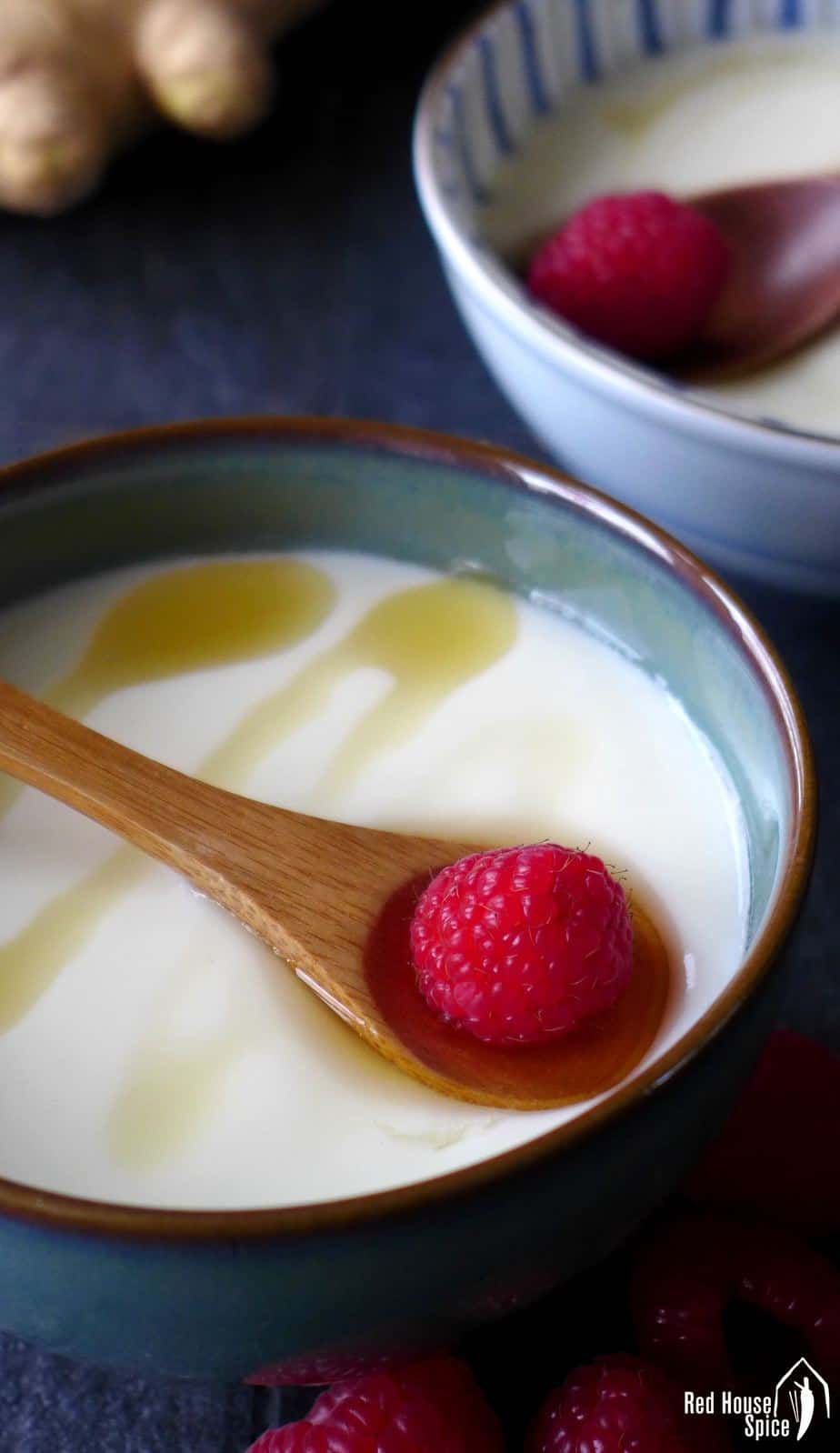
The optimum temperature for the milk
I’ve found many recipes with vague instructions: “the milk is hot to touch with your tongue but won’t burn you”, “heat up the milk until it almost boils”, “the milk should be at 70-80°C”, etc. It doesn’t always work when following those recipes. Eventually, I bought a kitchen thermometer (that was £2.99 well spent) to experiment. 70°C/158°F appeared to be the right answer.
Apart from heating the milk on a stove, I also tried using a microwave. For an 800-watt microwave like mine, you need 1 minute and 40 seconds to heat the milk (chilled) to an ideal temperature (add the sugar halfway through). If your microwave has a different wattage, please see the conversion suggestion in recipe note.


Volià! That’s it! To me, cooking is an art. However, my ginger milk curd experiments remind me that it’s also a scientific endeavour.
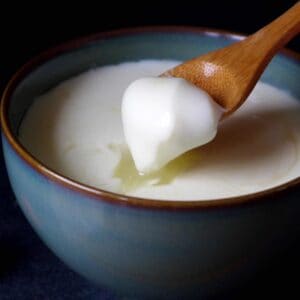
Fail-proof ginger milk curd (姜汁撞奶)
Ingredients
- 1 tablespoon ginger juice - from about 30g ginger
- 200 ml fresh milk - see note 1
- 2 teaspoon sugar
- Honey and fresh berries - optional
Instructions
Prepare the ginger juice
- Peel and finely grate the ginger. Press grated ginger through a sieve placed on top of a small bowl. You need to get about 1 tablespoon of ginger juice.
Heat up the milk
- Option A: If you have a kitchen thermometerHeat the milk in a saucepan. Stir in sugar when milk is warm. Closely observe the temperature on the thermometer. When it reaches 70°C/158°F, remove the pan from the heat.
- Option B: If you have a microwaveHeat chilled milk (out of the fridge right before using) in a container on full power (800-watt, see note 2 for power conversion) for 1 minute. Take it out and stir in the sugar. Then microwave for a further 40 seconds.
Make the curd
- When the milk is ready, stir the ginger juice with a spoon. Pour the milk quickly onto the juice.
- Leave to set. Do not move the bowl or stir the milk. The curd will be fully set in about 10 minutes.
Serve the curd
- You may serve it warm (traditional way) or cold (what I prefer). If you wish, pour a little honey on top and decorate with fresh berries before serving.
NOTES
NUTRITION
NUTRITION DISCLOSURE: Nutritional information on this website is provided as a courtesy to readers. It should be considered estimates. Please use your own brand nutritional values or your preferred nutrition calculator to double check against our estimates.


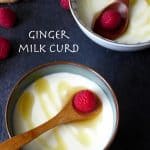
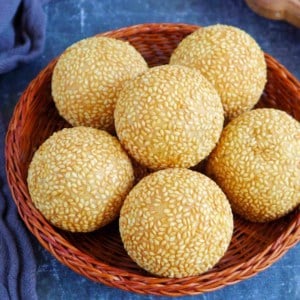
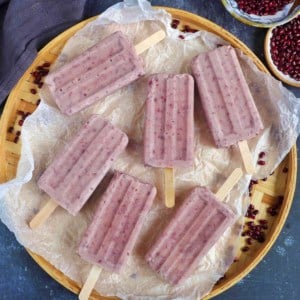
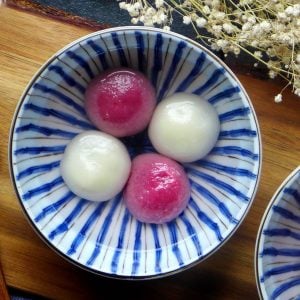
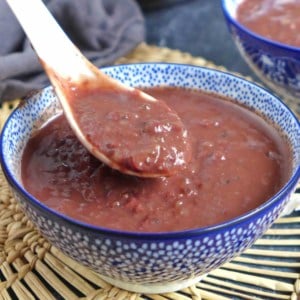
Hallelujah!!! This is the first recipe that actually is foolproof!! Bless You!!! I’m a new subscriber, looking forward to all of your creations!!! You’re truly an inspiration!!!!
That’s wonderful to hear Jeanna! Hope you’ll find more inspiration on my blog.
Thanks for this recipe and the explanatory notes. I’ve this dessert 3 times before I found your recipe. First time was perfect and the next 2 disasters. The fool proof details are fabulous- success every time.
So happy to hear your positive experience, Jennifer!
Fail proof with a cooking thermometer, perfect texture. I used 1 part half&half to 3 parts iwhole milk seemed to set betterthan just whole milk.
Thank you for sharing your experience and tip!
Is there any way to recover/fix it if it doesn’t set (for whatever factors it may be) after 10 mins?
Unfortunately, I don’t think you’ll be able to ‘fix’ it. Perhaps you could give it another try, paying closer attention to the details? Good luck!
Hi, I tried to make a larger batch of this by multiplying all ingredients by 5– but it never fully set. Do you have any advice for making enough for a dinner party, rather than individual portions? (It still tasted delicious!) Thanks!
Ginger milk curd is always made and served in small servings. I don’t think it works well with large portions.
You should just individually make it the only part that should be large portion is the milk I guess and pour it in the bowls which should already have ginger in it try that.